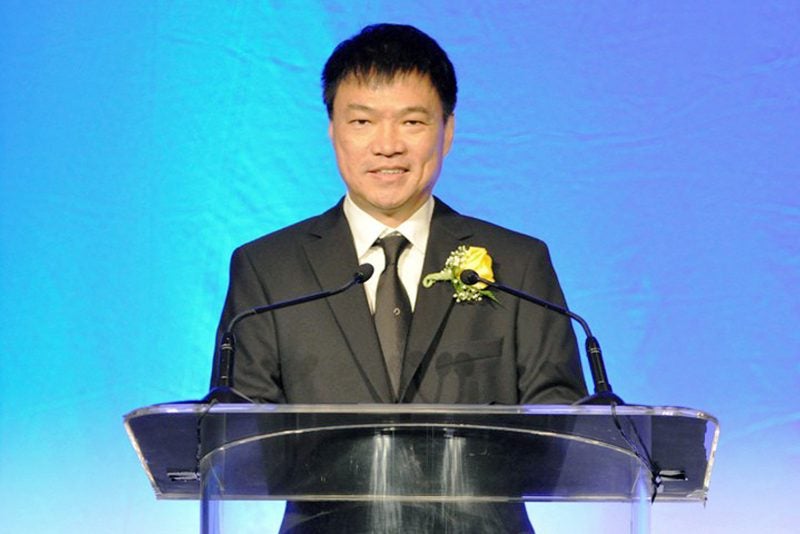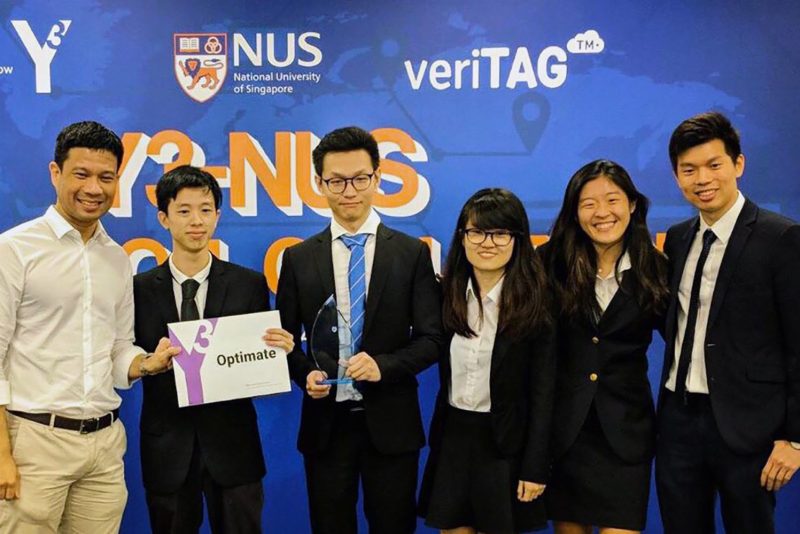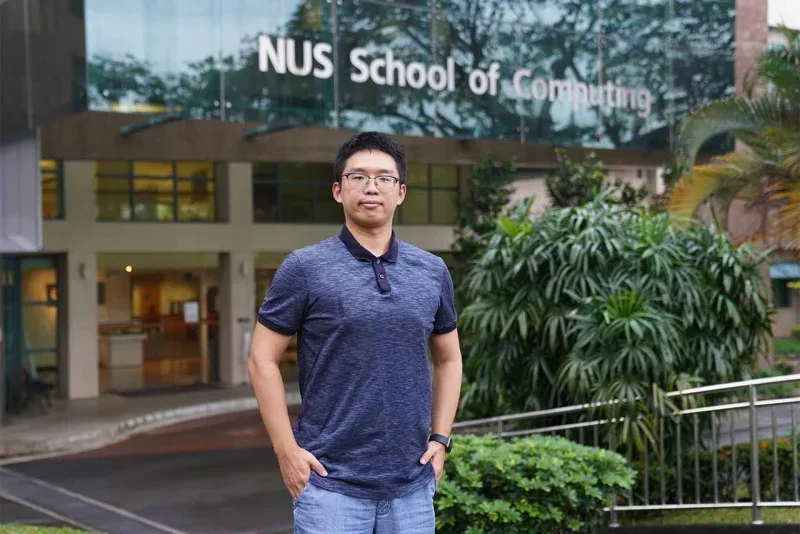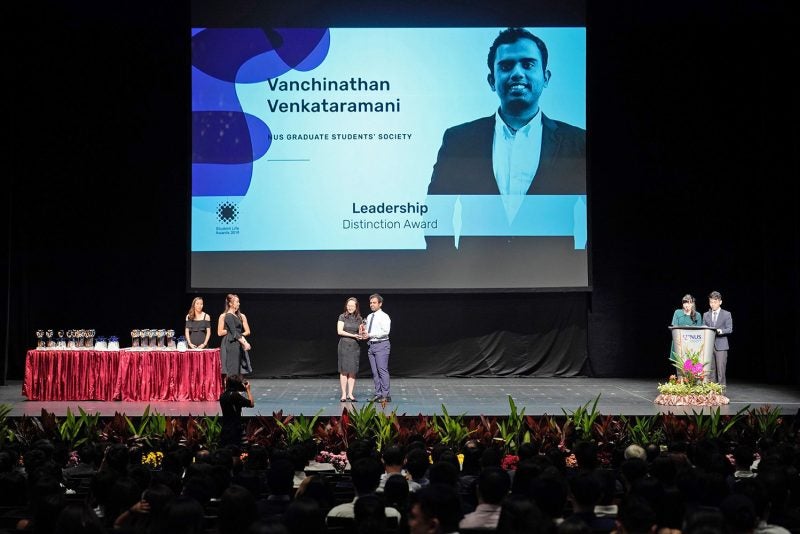21 November 2019 – Final year Computer Science student Caryn Heng and Computer Engineering student Francis Lee won the top prize at the Global Virtual Reality (VR) Championship Hackathon 2019 held in Shanghai, China, from 4 to 7 November.
The hackathon saw seven teams from China, Taiwan, Serbia, Australia, Singapore and Korea compete against each other for the championship title.
The Global VR Hackathon is an annual competition organised by VRCORE, a VR developer community in China. The hackathon brought together the best developers across the globe to compete against each other. This year, winners of the respective local VR Hackathons were invited to participate in this year’s championship round. Caryn and Francis won the opportunity to compete on the global stage after clinching the grand prize at the XR.Hack competition held earlier this year in Singapore.
Teams were given 48 hours to develop a VR application based on the hackathon topic – “Cloud”. As experienced hackathon participants, Caryn and Francis spent a large portion of their time developing their ideas and studying the capabilities of the VR headsets provided. “From our past experiences, we knew that it was more important to have a winning idea before anything else,” said Caryn.
After spending most of the first day working on their idea, the pair came up with their plan to develop a VR drawing game named DoodleCloud. In the game, players would use their finger to draw pictures in the sky with cloud outlines.
“A cloud is unique in that it is formless and people can imagine different things when they look at clouds in the sky,” explained Caryn. “We used hand-tracking technology to turn a player’s hand into the game controller as we wanted to replicate the experience of using our index fingers to point at the sky and clouds.”

The game prompts players to draw a certain object or character with a word and players will draw in the sky using clouds as their ‘ink’. After the player is done drawing, the game will determine how well the player performed by deciding how close the drawing matches with the given word. To do so, the team used Google’s QuickDraw backend to match their players’ drawings with Google’s dataset, which is stored on Google Cloud.
“We were the only group with two members. This meant that Francis and I had to work faster and more efficiently than everyone else,” Caryn added. “It was also daunting to find out that many members of the competing teams were professionals in the VR industry.”
Despite being the challenges, Caryn and Francis’ commitment to the theme, as well as their use of Google’s cloud technology, impressed the judges. “It was hard to believe that our project managed to impress the distinguished panel of judges and guests. We were really lucky to have clinched the winning position.”































